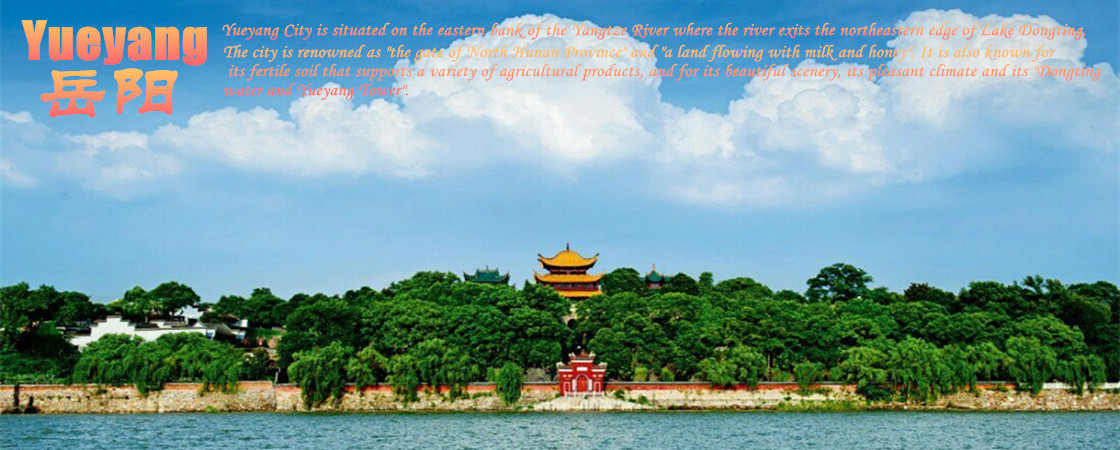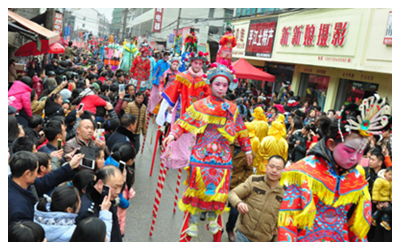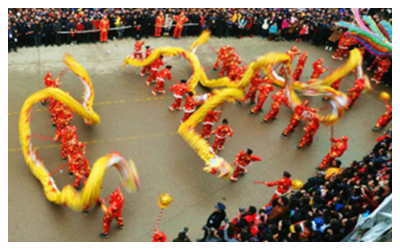Skype: neodalle-travel
Tel: +86 135 7447 2266
E-mail: sales@visitaroundchina.com

 Changle is an ancient town with a history over 1,000 years. It is located in the northeast Miluo City, at the foot of picturesque Zhifeng Mountain, and in the north of famous Miluo River. It is adjacent to 107 and 108 national highways in the west. Lying at the junction of Pingjiang, Miluo and Yueyang counties, it functions as the political, economic and cultural center of a dozen surrounding towns and townships. The town was once part of the territory of Luozi Kingdom in the Spring and Autumn period (771 to 476 BC), and an old city under the jurisdiction of Yuezhou in Southern Liang Dynasty (502 – 557). It was dubbed as "little Nanjing in northern Hunan" because of its primitive architecture of "Huilongmen" in which stories of Qu Yuan were recorded, ancient granite streets, breathtaking architecture, outstanding talents, and pristine folk customs.
Changle is an ancient town with a history over 1,000 years. It is located in the northeast Miluo City, at the foot of picturesque Zhifeng Mountain, and in the north of famous Miluo River. It is adjacent to 107 and 108 national highways in the west. Lying at the junction of Pingjiang, Miluo and Yueyang counties, it functions as the political, economic and cultural center of a dozen surrounding towns and townships. The town was once part of the territory of Luozi Kingdom in the Spring and Autumn period (771 to 476 BC), and an old city under the jurisdiction of Yuezhou in Southern Liang Dynasty (502 – 557). It was dubbed as "little Nanjing in northern Hunan" because of its primitive architecture of "Huilongmen" in which stories of Qu Yuan were recorded, ancient granite streets, breathtaking architecture, outstanding talents, and pristine folk customs. With a time-honored history, Changle stories have been passing down for a thousand years. It was evolved from ancient sacrificial activities which were held in every first lunar month and lantern shows during the Lantern Festival. According to research, it was originated in the Sui (581 – 618) and Tang (618 – 907) dynasties, flourished in the Ming (1368 – 1644) and Qing (1644 – 1911) dynasties and peaked in the 1980s. Presently, it has become one of people's favorite folk cultural arts in northern Hunan.
With a time-honored history, Changle stories have been passing down for a thousand years. It was evolved from ancient sacrificial activities which were held in every first lunar month and lantern shows during the Lantern Festival. According to research, it was originated in the Sui (581 – 618) and Tang (618 – 907) dynasties, flourished in the Ming (1368 – 1644) and Qing (1644 – 1911) dynasties and peaked in the 1980s. Presently, it has become one of people's favorite folk cultural arts in northern Hunan.  Changle stories, consisting of stories from upper and lower streets, fall into four categories of Di stories, Ditai stories, Gaocai stories and Gaoqiao (high stilts) stories. What makes it distinctive is that the stories integrate with typical and representative prominent figures, events and scenes of folk historical legends. Via the perfect combination of people and props, the stories are supplemented by the group flag, buntings, plaques, lanterns, oil drums, awe-inspiring gongs and drums, bands, and dragon dance (colorful dragon and fire dragon), lion dance, land boating and waist drum. A story competition is often launched between upper and lower streets to appeal to a large number of audience. A warm and spectacular atmosphere to celebrate the Spring Festival is therefore created via the competition in terms of quantity, prestige, height, wisdom, novelty, skills, writing, performing arts and styles. The stories are said to be a living fossil recording history and civilization, which reflects like and dislike, as well as loyalty and treachery, permeates humor and irony, conveys friendship and blessing, prays for fortune and peace, and upholds science and civilization.
Changle stories, consisting of stories from upper and lower streets, fall into four categories of Di stories, Ditai stories, Gaocai stories and Gaoqiao (high stilts) stories. What makes it distinctive is that the stories integrate with typical and representative prominent figures, events and scenes of folk historical legends. Via the perfect combination of people and props, the stories are supplemented by the group flag, buntings, plaques, lanterns, oil drums, awe-inspiring gongs and drums, bands, and dragon dance (colorful dragon and fire dragon), lion dance, land boating and waist drum. A story competition is often launched between upper and lower streets to appeal to a large number of audience. A warm and spectacular atmosphere to celebrate the Spring Festival is therefore created via the competition in terms of quantity, prestige, height, wisdom, novelty, skills, writing, performing arts and styles. The stories are said to be a living fossil recording history and civilization, which reflects like and dislike, as well as loyalty and treachery, permeates humor and irony, conveys friendship and blessing, prays for fortune and peace, and upholds science and civilization.  Ask Questions ?
Ask Questions ?